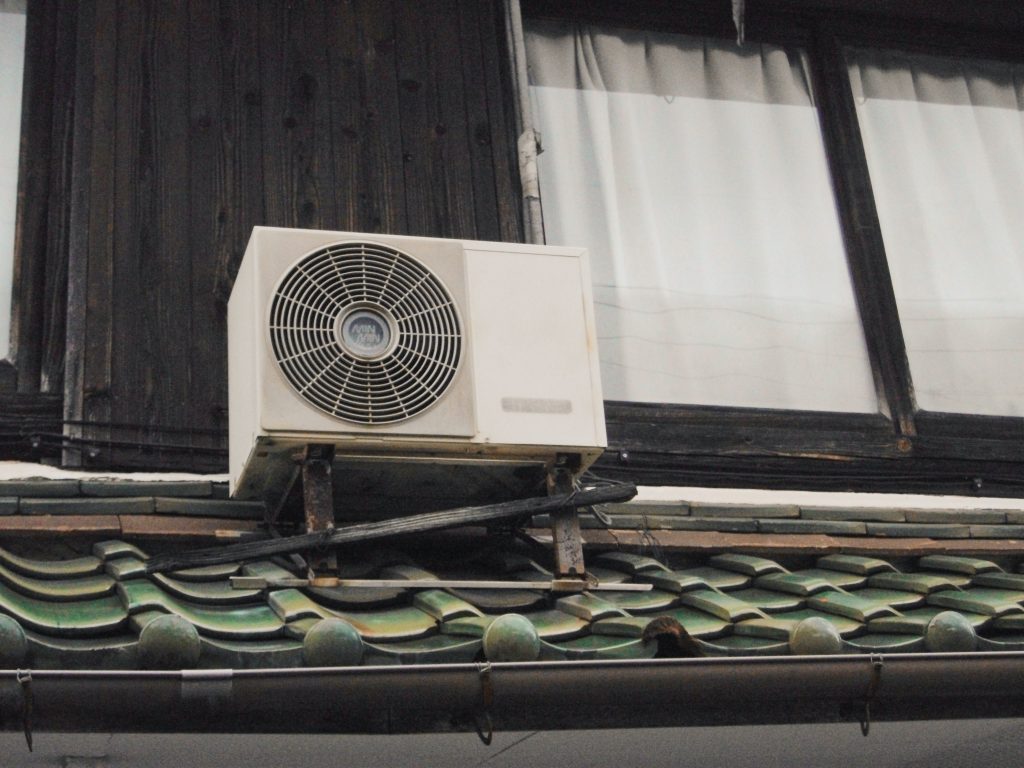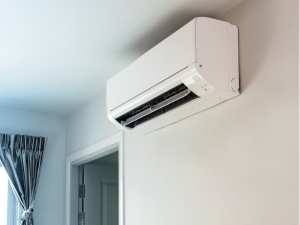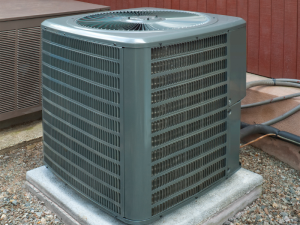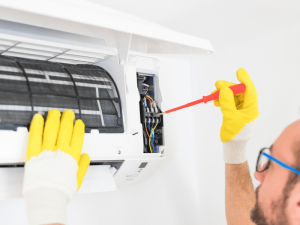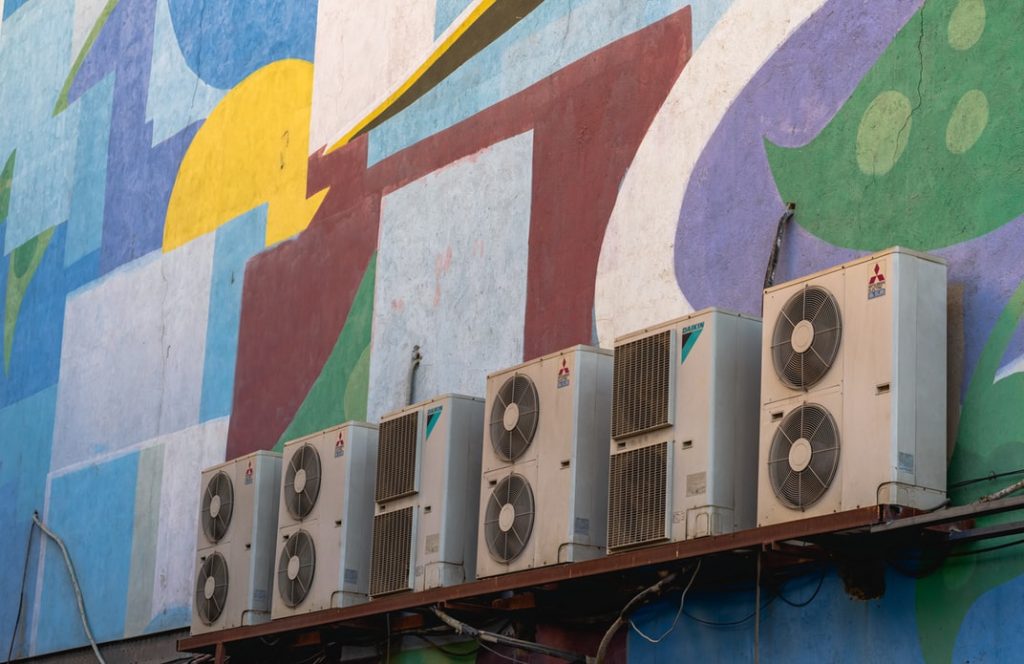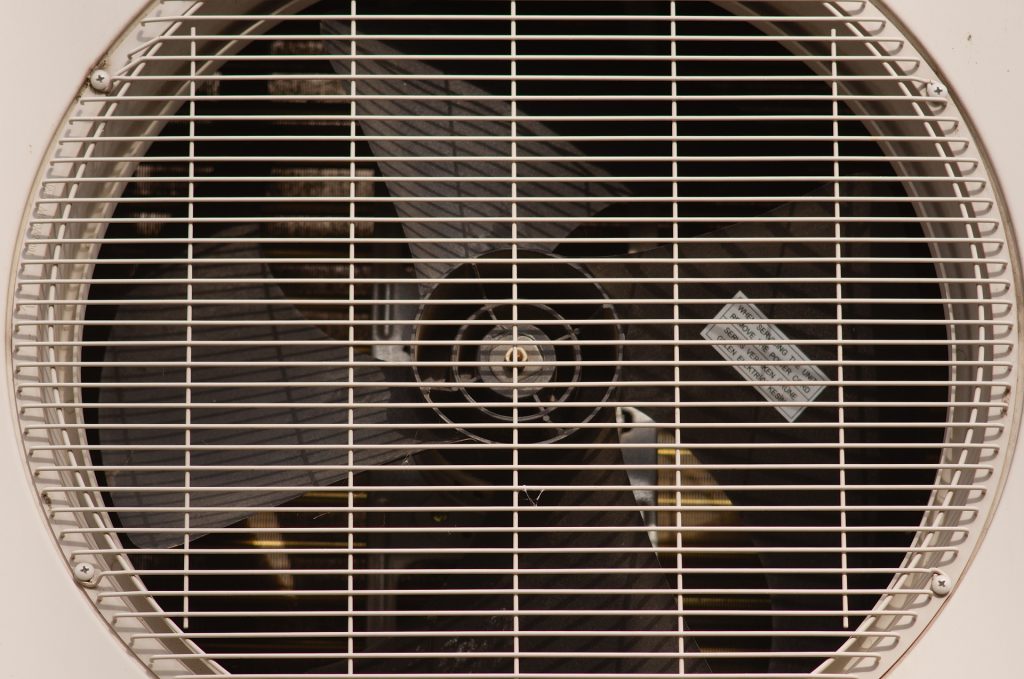Ever walk into one room of your home and feel like it’s a sauna, while the next feels like an icebox? If so, you’re not alone — and an HVAC zoning system could be the solution you’ve been looking for.
Whether you have a multi-level house, rooms with big windows, or simply a household with different temperature preferences, zoning can help create customized home comfort. In this guide, we’ll explain exactly how HVAC zoning systems work, what types are available, how much they cost, and why so many Arizona homeowners are choosing this smart upgrade.
What Is an HVAC Zoning System?
At its core, an HVAC zoning system divides your home into separate areas (or “zones”) that can be heated or cooled independently. Rather than relying on a single thermostat to control the entire house, zoning systems use multiple thermostats, along with smart dampers inside your ductwork, to direct air where it’s needed most.
This means your upstairs bedroom can stay cool for sleeping while the downstairs living area stays cozy for movie night — all at the same time.
Why Homeowners Need HVAC Zoning
Most homes were built with a “one-size-fits-all” HVAC setup. But real life doesn’t work that way. Here are a few everyday situations where zoning can make a big difference:
- Two-story homes: Heat rises, often making upstairs rooms hotter.
- Basements and attics: These areas rarely match the rest of the home’s temperature.
- Rooms with large windows or sunrooms: Solar gain can overheat these spaces.
- Rarely used guest rooms: Why heat or cool spaces you don’t use?
Zoning lets you customize comfort room by room — and often leads to better energy efficiency.
How Does an HVAC Zoning System Work?
Let’s break it down simply:
- Motorized dampers are installed in the ductwork of your HVAC system. These act like “smart doors” to open or close airflow to specific zones.
- Thermostats (wired or wireless) are placed in each zone. These monitor and control the temperature in their designated areas.
A central zoning panel acts like the system’s brain, taking input from all thermostats and telling the dampers when and where to open or close.
This trio works together to balance airflow and automatically maintain ideal temperatures throughout the house.
What Types of Homes Benefit Most from Zoning?
If your home fits any of the following descriptions, an HVAC zoning system is likely a worthwhile investment:
- Multi-level homes
- Homes with open floor plans
- Spaces with vaulted ceilings
- Homes with extensions or additions
- Properties with underused or specialty rooms (e.g., home gym, nursery)
That said, even a single-story home can benefit from zoning, especially if it suffers from hot or cold spots in different areas of your home.
Homes that aren’t ideal for traditional ductwork setups may benefit more from solutions like ductless air conditioners, which offer efficient, room-specific temperature control.
Can You Retrofit Zoning into an Existing System?
Yes — many homeowners think zoning is only possible in new construction, but that’s not true. Depending on the layout and condition of your existing ductwork, zoning can often be added to your current system.
In some cases, adding ductless mini-splits for independent control in specific rooms may be a smarter choice. An HVAC professional can evaluate your setup and recommend the best solution.
How Much Does an HVAC Zoning System Cost?
The cost of an HVAC zoning system in Arizona can vary depending on:
- The number of zones you want (most homes use 2–4).
- Whether you’re retrofitting or building new.
- Complexity of your existing ductwork.
- Type of thermostats and dampers used.
Here’s a rough estimate:
| System Type | Estimated Cost (AZ) |
| Retrofit (2–3 zones) | $4,500 – $7,000 |
| New install (3–4 zones) | $5,500 – $8,500 |
| Ductless mini-split (1 zone) | $3,700 – $6,000 |
Keep in mind — the real cost depends heavily on labor and ductwork conditions, so it’s best to get a professional in-home quote.
Tip: Don’t forget about efficiency ratings when comparing systems. Investing in one with a good SEER rating for ductless mini-splits can significantly reduce long-term energy costs and improve comfort.
Advantages of Installing an HVAC Zoning System
Here’s why more Arizona homeowners are choosing zoning for their heating and cooling needs:
1. Customized Comfort, Room by Room
Are you tired of battling over the thermostat? Zoning lets each space in your home maintain its own perfect room temperature. Whether it’s a warm nursery or a cooler home office, you’re in control—and so is everyone else in your household.
2. Improved Energy Efficiency
Zoning reduces wasted energy by sending heated or cooled air only where it’s needed. That means no more pumping AC into an empty guest room — and less strain on your HVAC system.
3. Lower Utility Bills
With better control and less waste, many homeowners report energy savings of 20–30% after installing a zoning system—a change that can significantly lower their monthly energy bills.
4. Longer HVAC System Lifespan
Because the system isn’t working overtime to condition your entire home at once, wear and tear is reduced. That means less maintenance and longer life for your HVAC equipment.
5. Smart Home Compatibility
Many modern HVAC zoning systems come with smart thermostats and app-based controls. Adjust temps from your smartphone, set schedules, or make changes on the go — no more thermostat wars.
6. Improved Air Quality
Zoning systems can help reduce the spread of allergens and pollutants by limiting airflow between spaces and promoting cleaner, healthier air in each zone.
Things to Consider Before Installing a Zoning System
While HVAC zoning has clear benefits, it’s not a one-size-fits-all solution. Here’s what to keep in mind:
1. Upfront Investment
Installing a zoning system involves additional components like zone control panels, dampers, and extra thermostats — plus the labor to install them. While the long-term savings can be real, the initial cost can be higher than a standard system.
2. Home Compatibility
Some homes—especially those with outdated or poorly designed ductwork—may need extensive retrofitting to support zoning, which could mean added cost or complexity.
3. System Maintenance
More components mean more potential for system maintenance and repairs. Dampers and thermostats may eventually need servicing or replacement. Keeping your system maintained is key to keeping it efficient.
4. Not Ideal for Very Small Homes
Zoning may offer limited benefits in smaller or open-concept layouts. A traditional HVAC setup may be more cost-effective if your home has fewer rooms or consistent temperature needs throughout.
Alternatives: Manual Dampers or Ductless Systems
If a full zoning system isn’t in the budget right now, you might consider:
- Manual dampers: These are metal valves located inside your ductwork that you can open or close by hand to redirect airflow to certain parts of the home. While they don’t offer automated control, adjusting dampers seasonally can help you manage hot or cold spots more effectively and improve comfort without major upgrades.
- Ductless mini-splits: Ideal for zoning individual rooms without modifying existing ductwork. These systems operate through separate air handlers that independently control the temperature in each space. The way mini splits work makes them a practical alternative to traditional ducted zoning, especially in additions, garages, or older homes.
Both offer partial zoning benefits without the full investment of an advanced automated system.
Is an HVAC Zoning System Worth It?
If you constantly adjust your thermostat, argue with your spouse about temperatures, or are just tired of dealing with uneven comfort levels in your home, then yes, an HVAC zoning system is absolutely worth exploring.
Not only can it help you save on energy, but it also improves your day-to-day quality of life. And that balance can make a difference in Arizona’s hot summers and chilly desert nights.
Talk to the Pros at American Home Water & Air
Before making any upgrades, it’s always best to have a certified HVAC professional evaluate your home. Our team at American Home Water & Air has helped thousands of Phoenix-area homeowners find comfort solutions that work, without guesswork.
Ready to stop sweating in one room and freezing in another? Let’s discuss whether an HVAC zoning system is right for your home.
Contact us today for a free consultation. We’ll inspect your system, explain your zoning options, and help you find the most efficient setup for your home.


